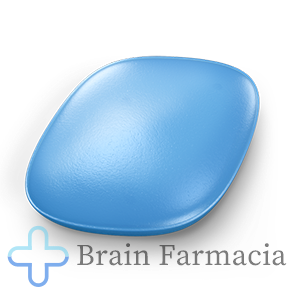Understanding Hypertension
Hypertension, also known as high blood pressure, is a common medical condition that affects millions of people worldwide. It occurs when the force of the blood against the artery walls is consistently too high. If left untreated or uncontrolled, hypertension can lead to serious health complications such as heart disease, stroke, and kidney problems.
Causes of Hypertension
The exact causes of hypertension are often multifactorial and can vary from person to person. However, there are several common risk factors that contribute to the development of high blood pressure:
1. Age: As individuals get older, the risk of hypertension increases. This is due to the natural aging process and the gradual loss of elasticity in the arteries.
2. Family History: If you have a family history of hypertension, you may be at a higher risk of developing the condition. Genetic factors can play a role in the development of high blood pressure.
3. Unhealthy Lifestyle: Poor diet, excessive salt intake, lack of physical activity, smoking, and excessive alcohol consumption can all contribute to the development of hypertension. Making healthy lifestyle changes can help in managing and preventing high blood pressure.
Symptoms and Diagnosis
Hypertension is often referred to as the \"silent killer\" because it rarely causes noticeable symptoms. Most people with high blood pressure have no idea that they have it until it is detected during a routine check-up or if they experience a health issue related to hypertension.
Regular blood pressure measurements are essential in diagnosing hypertension. A blood pressure reading consists of two numbers: systolic pressure (the top number) and diastolic pressure (the bottom number). A reading of 120/80 mmHg or below is considered normal, whereas anything above this range might indicate hypertension.
It's important to note that a single high reading does not necessarily mean that someone has hypertension. Blood pressure can fluctuate throughout the day, so multiple readings taken at different times are needed for an accurate diagnosis.






